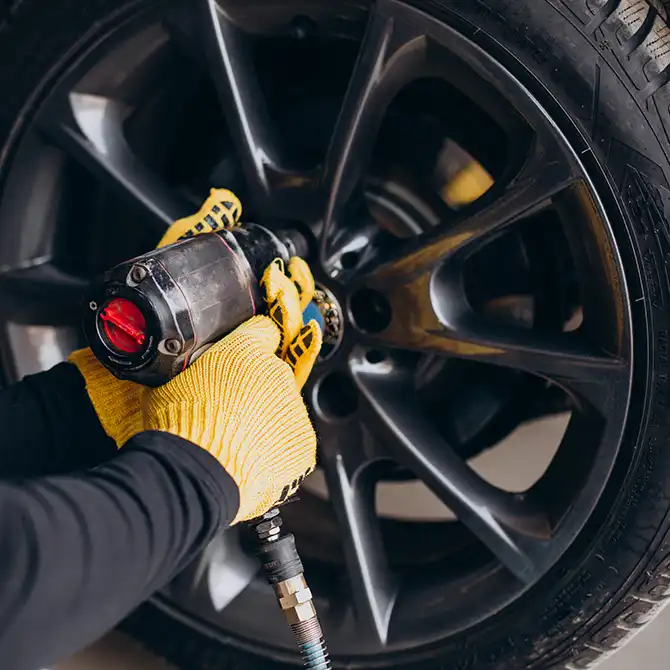As winter approaches, the choice of rims for your vehicle becomes a critical decision, impacting not only performance but also safety on icy roads. In this comprehensive guide, we delve into the advantages and disadvantages of two popular options: steel and alloy/aluminum rims. Whether you prioritize durability, cost-effectiveness, or a sleek aesthetic, understanding the characteristics of each rim type will help you make an informed decision for a safer and more enjoyable winter driving experience. Let’s explore the key factors that could influence your choice between steel and alloy/aluminum rims in preparation for the upcoming winter season.
Comparison:
| Steel | Alloy/Aluminum |
| Material: Composed of steel, a heavier and more robust material. | Material: Constructed from a blend of aluminum and other metals. |
| Cost: Generally more budget-friendly than alloy rims. | Cost: Typically more expensive than steel rims. |
| Durability: Resistant to damage from potholes, road salt, and winter hazards. | Weight: Lighter, contributing to improved fuel efficiency and handling. |
| Weight: Heavier compared to alloy rims. | Aesthetic: Offers a stylish and modern appearance. |
| Aesthetic: Lacks the sleek appearance of alloy rims. | Performance: Better heat dissipation, enhancing braking performance. |
Advantages:
| Steel | Alloy/Aluminum |
| Durability: Resilient against winter road conditions, making them less prone to damage. | Weight: Lighter, contributing to better fuel efficiency and handling. |
| Cost-Effective: Generally more affordable, making them an economical choice for winter use. | Aesthetic Appeal: Stylish and modern appearance, enhancing the overall look of the vehicle. |
| Winter Tire Mounting: Ideal for mounting winter tires, facilitating seasonal changes. | Performance: Better heat dissipation can lead to improved braking performance. |
Disadvantages:
| Steel | Alloy/Aluminum |
| Weight: Heavier, potentially impacting fuel efficiency and handling. | Durability: More susceptible to damage from winter road conditions. |
| Aesthetic: Lacks the visual appeal of alloy. | Cost: Generally more expensive than steel rims. |
| Performance: May not provide the same level of heat dissipation as alloy rims. | Winter Tire Mounting: May be less convenient for mounting winter tires due to potential damage. |
Choosing between steel and alloy/aluminum rims for winter depends on factors like budget, aesthetic preferences, and the severity of winter conditions. Steel excel in durability and cost-effectiveness, while alloy offer a more stylish look and potential performance advantages. Consider your priorities and driving conditions to make the best choice for your winter driving experience.
Personal Take: A Seasonal Approach to Rims
In my opinion, opting for steel rims during winter and Alloy/Aluminum rims for summer is a savvy strategy. By having separate sets of wheels, you gain the flexibility to effortlessly switch between seasons. Steel rims, known for their durability, make a robust choice for handling the harsh winter conditions, while the sleek Alloy/Aluminum rims add a touch of style during the summer months. This seasonal wheel swap not only enhances your vehicle’s performance but also ensures you’re well-prepared for whatever the changing seasons throw your way. A practical and stylish solution to tackle the diverse challenges of the road throughout the year!


